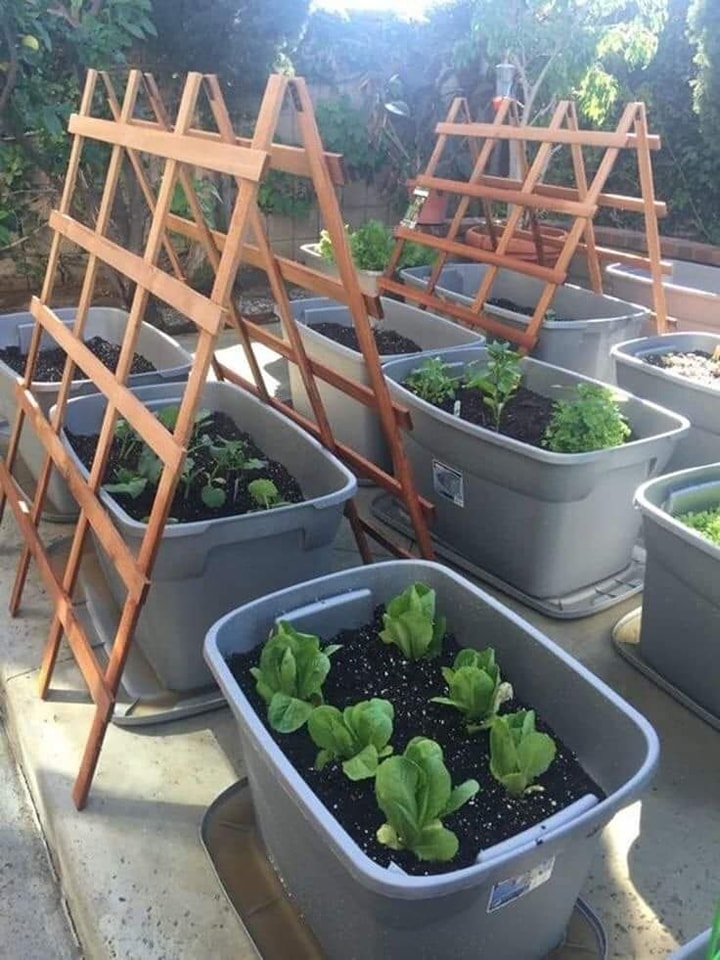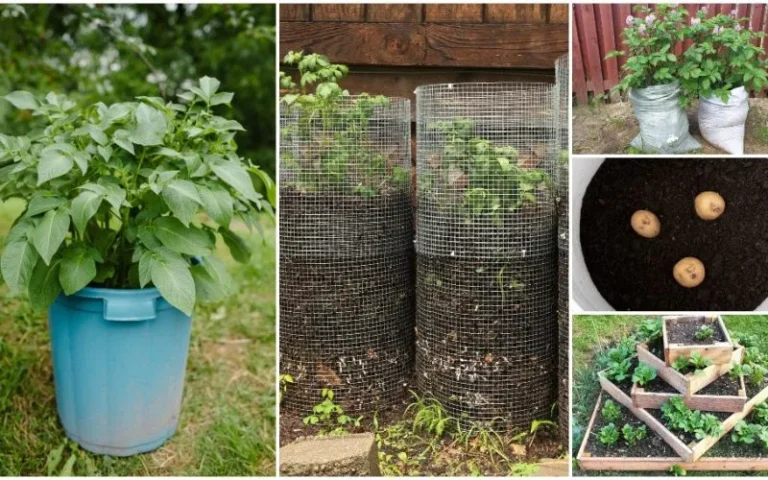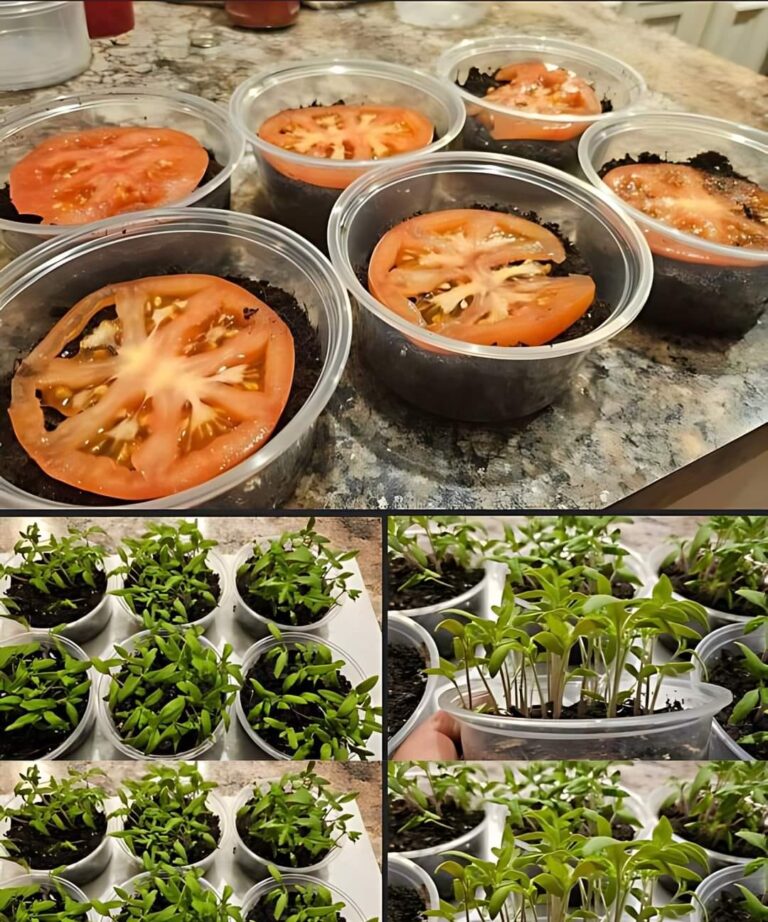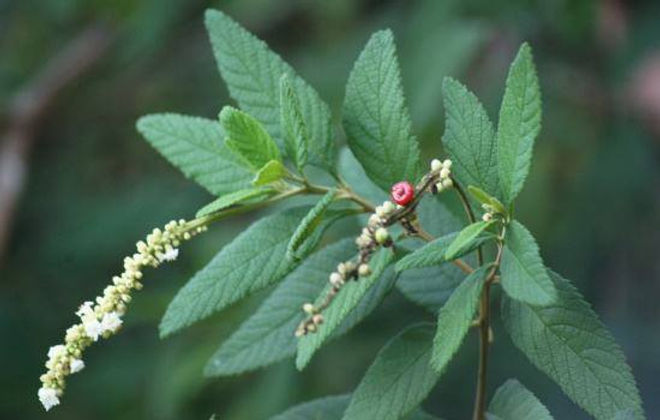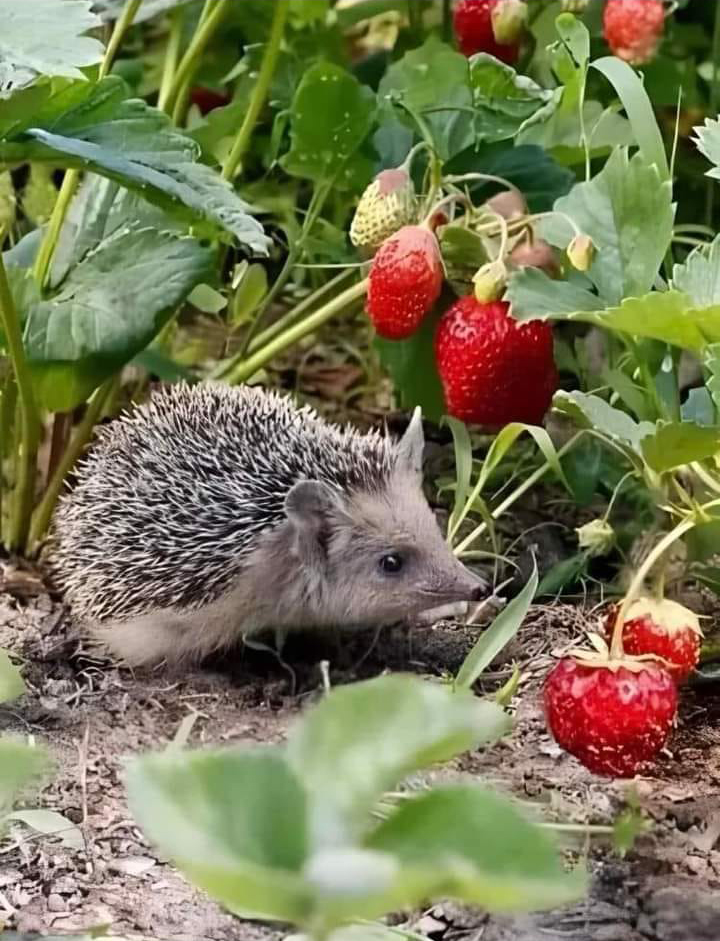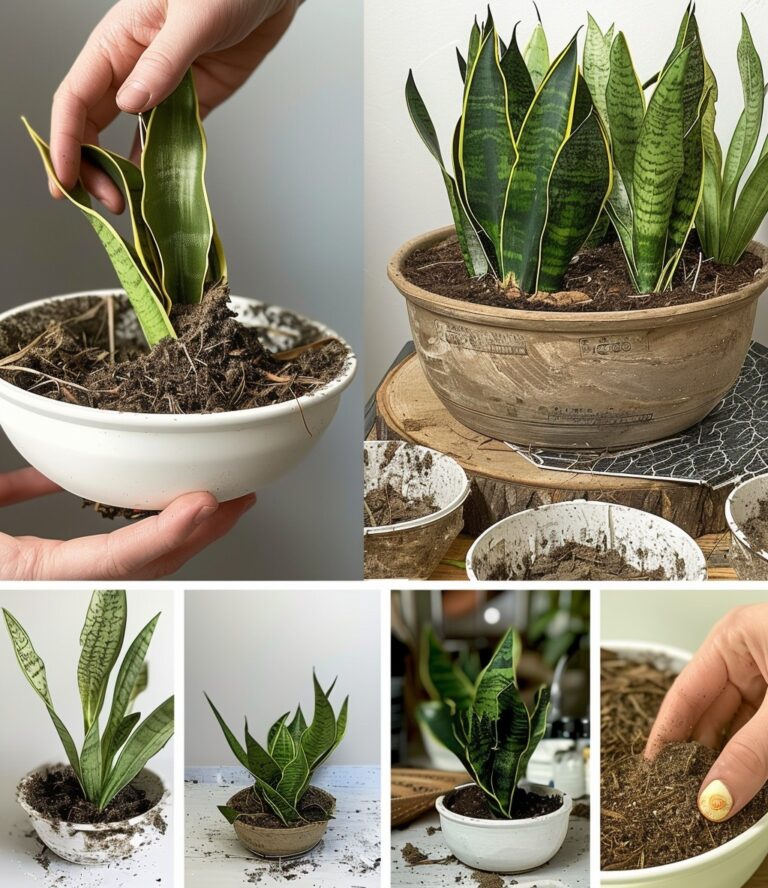The Benefits and Tips for Container Gardening: A Great Idea for Urban Gardeners
Container gardening has become an increasingly popular method for growing plants, especially for those living in urban areas or with limited space. The image above showcases a well-organized container garden with sturdy trellises supporting the growth of various plants. Let's explore why container gardening is such a good idea and how you can create your own thriving garden in small spaces.
Why Container Gardening?
- Space Efficiency: Container gardening is perfect for those with limited space. Whether you have a small balcony, patio, or even just a sunny window sill, containers can fit into any environment.
- Flexibility: Containers can be moved around easily. This allows you to follow the sun or protect plants from extreme weather conditions by moving them to a more suitable spot.
- Control Over Soil and Pests: Using containers gives you control over the soil quality and reduces the risk of soil-borne diseases and pests. You can choose the best soil mix for your plants and manage their environment more precisely.
- Accessibility: For those with physical limitations, container gardening can be more accessible than traditional gardening. Containers can be placed on raised platforms or tables to avoid the need for bending and kneeling.
- Aesthetics: Containers add a decorative element to your space. They come in various shapes, sizes, and colors, allowing you to design a visually appealing garden.
How to Start Your Container Garden
Choose the Right Containers
- Size: Ensure your containers are large enough to accommodate the mature size of your plants' root systems. Deep-rooted plants need deeper pots.
- Material: Containers can be made of plastic, clay, wood, or metal. Each material has its benefits and drawbacks in terms of weight, durability, and insulation.
- Drainage: Proper drainage is crucial. Make sure your containers have holes at the bottom to prevent waterlogging.
Select the Suitable Soil
- Use a high-quality potting mix designed for containers. These mixes are lighter and provide better aeration and drainage compared to garden soil.
Pick the Right Plants
- Vegetables: Tomatoes, peppers, lettuce, and herbs like basil and parsley thrive in containers.
- Flowers: Marigolds, petunias, and geraniums can add color and attract pollinators.
- Climbing Plants: Use trellises, like those in the image, to support plants like cucumbers, beans, and peas.
Watering and Feeding
- Watering: Containers dry out faster than garden beds, so regular watering is essential. Check the soil moisture daily and water when the top inch feels dry.
- Feeding: Fertilize your plants with a balanced, water-soluble fertilizer every couple of weeks to ensure they get the necessary nutrients.
Pest Management
- Inspect your plants regularly for pests. Handpick visible insects and use organic pest control methods if needed.
Inspirational Tips from the Image
The image shows a series of large plastic containers with plants supported by wooden trellises. Here are some inspirational tips based on this setup:
- Use Trellises: Trellises are great for supporting climbing plants and maximizing vertical space.
- Group Plants: Grouping containers can create a microclimate that helps retain moisture and reduces temperature fluctuations.
- Rotation and Diversity: Plant a variety of crops to enhance biodiversity and reduce the risk of pest infestations.
Conclusion
Container gardening is a versatile, accessible, and efficient way to grow plants, especially in limited spaces. By choosing the right containers, soil, and plants, and by following proper care practices, you can create a beautiful and productive garden. Whether you're a seasoned gardener or a beginner, container gardening offers endless possibilities to enjoy fresh produce and vibrant flowers right at your doorstep. So, why not give it a try and start your own container garden today?

